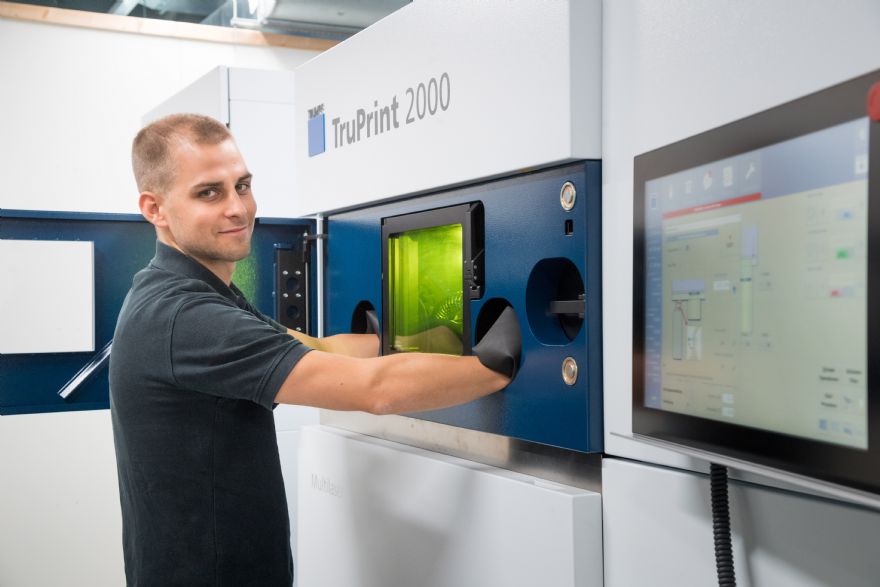
The technology companies Heraeus Amloy and Trumpf (
www.trumpf.com) have started working together on the 3-D printing of amorphous metals (also known as metallic glasses). Their goal is to establish the printing of amorphous parts as a standard production method on the shopfloor by improving process and cost efficiencies.
Amorphous metals are twice as strong as steel, yet significantly lighter and more elastic. They exhibit isotropic behavior, which means that their material properties remain the same, regardless of the direction in which the 3-D printer builds up the workpiece.
A number of part types could benefit from the 3-D printing of amorphous metals, such as those that are subject to significant stresses and lightweight components in sectors such as aerospace; and due to their biocompatibility, they can be used for making medical devices.
Jürgen Wachter, head of the Heraeus Amloy business unit, said: “3-D printing of amorphous components in industry is still in its infancy. This new collaboration will help us to speed up printing processes and improve surface quality, ultimately cutting costs for customers. This will make the technology more suitable for a wider range of applications, some of which will be completely new.”
Amorphous metals are formed by cooling molten metal extremely quickly. A 3-D printer can then build them into larger and more complex parts — something that other production methods cannot do — and because amorphous metals are also very light, their use in 3-D printing (which allows designs that minimise material usage) can reduce weight in all sorts of applications.
Heraeus Amloy has optimised its amorphous alloys for 3-D printing and tailored them for use with Trumpf’s TruPrint systems, such as the TruPrint 2000 machine. This has two 300W lasers, which can scan the machine’s entire build chamber in parallel and have a focal diameter of just 55µm, so users can carry out both low-volume and high-volume production of amorphous parts with extremely high surface quality. The two partners are also hoping to make copper- and titanium-based alloys available for 3-D printing in the future.